During the building of the GT-500 Shelby Mustangs, there were a number of different influences which produced some sizable differences between the models.
First of all, the initial ’67 GT-500 was built in California, the same location as the small-block GT-350 models. The production was accomplished on airport property, and the lease was up. The decision was then made to move Shelby production to Michigan. For the 1968 model, all were shipped in a partially assembled state from a New Jersey assembly plant to A.O. Smith in Livonia, Michigan where the production process was completed.
The ’68 GT-500 was unique in that it was the first year that a convertible model was constructed. 402 were built and today they are about as collectable and valuable as any of the Shelby models. The convertible prototype had been built the previous year.
The ’68 model was certainly the most recognizable as a Mustang, but it had the look of being on steroids. First, there was a significant and unique hood scoop near the front edge of the hood. Directly in front of the scoop were the block letters of “Shelby”. The larger grille opening contained a pair of outboard-mounted rectangular fog lights.
The GT-500 identification was located on the front quarters and within the wide triple stripe which traversed across the lower body. Directly above the GT-500 name was the revival of the familiar Cobra emblem, which was done in chrome.
Out back, the sequential tail-lights stretch across the lower rear panel, interrupted in the center with the Cobra-embossed gas cap. Outboard backup lights are nestled in the lower valance. Directly below them are the chrome-tipped exhausts. Many will tell you that this model year was the most-aggressively styled of any of the four GR-500 years. Not much of a chance of personalizing the interior to your desires as only black and tan were available. The custom console featured a pair of Stewart-Warner gauges, and there was the Cobra emblem again, both on the dash, the console door, and the horn ring.Even though it would only seem necessary for a roll bar on the convertibles, that wasn’t the case as all the ’68s got the overhead protection. Two wheel styles were available, the five-spoke version and optional ten-spoke aluminum design.
Suspension was basically stock with the factory heavy-duty package. However, there was a larger front stabilizer bar along with adjustable Gabriel shocks just in case you tended to get a bit on the aggressive side. Finally, standard equipment also included power steering and front disc brakes.
Under the hood, there were 360 ponies waiting to be unleashed with a near-stock 428cid Police Interceptor engine. The only performance upgrade for the Shelby application was the installation of a 715cfm Holley four-barrel carb. It was mounted on an aluminum intake and there were also aluminum Cobra LeMans finned valve covers.
Both four-speed and automatic trannys were available with the ’68 Shelbys, the former equipped with 31-spline rear axles and 3.89-1 rear end ratios. For the automatics, the ratio was 3.50-1.There were 4450 GT-500s built that long-ago model year with the second-lowest from a production point of view being the convertible.
Mark Laue of Florence, Kentucky has one of the finest examples of the ’68 GT-500 convertible breed, an Acapulco Blue machine. It’s a real dazzler and was restored to the highest standards by the owner himself. The excellence of the car is almost matched by the unbelievability of the story of the car’s acquisition.
“The car had been part of a collection of an opera-singing couple living in the New Mexico desert. When the husband died, the car had been left outside in the desert heat. My brother told me about it, and after getting a chance to check it out, I was able to make the purchase,” Laue explained.
The aspect of the car that made Mark make the purchase was the fact that there was practically no rust. “Then, all of the original fiberglass was with it and I was able to use all of it. When I got the car, there was a 351 Windsor engine in it, but the original 428 engine was also sitting right beside the car.” With the purchase, though, the owner got one non-factory item, that being a rat’s nest that the rodents called home.
Following a complete rotisserie restoration, the amazing results can be seen here. But as distinctive and recognizable as it is to muscle car fanatics, Laue says that there are many that have no idea what they are looking at. “But many of the younger kids surprisingly know exactly what it is. There are some, though that think a car that looks like this must have been some type of a custom modification,” he added.Laue pointed to some of the interesting aspects of his car, the 874th to be produced that model year. “The car carries the Marchal fog lights which were actually recalled by Ford because there were assessed to be too bright for road use. For some reason, the exchange wasn’t made on this model, making it a little more interesting,” the Kentucky consulting engineer explained.
The owner also noted some small clips atop the roll cage and windshield chrome piece. “You will never guess what those are for,” he jested. “Those were thought up by Carroll Shelby himself to attach surf boards.”
This GT-500 has had a concours judging and the results were about as near perfect as you could get, 498 out of a possible 500 points, in the Street-Driven class. It’s out on the road a lot for short jaunts with about 400 miles driven since the completion of the restoration. It’s never trailored!In the few car shows it’s been entered, it’s had a “Best Ford” award in one large show and a second in class at the 2004 Rod and Custom Cavalcade in Cincinnati.
It’s a Shelby, a big-block GT-500, a convertible, and almost perfect. Life is sweet!

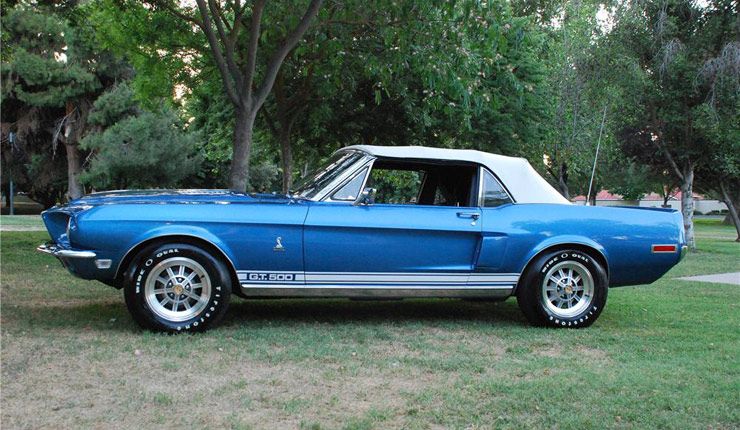
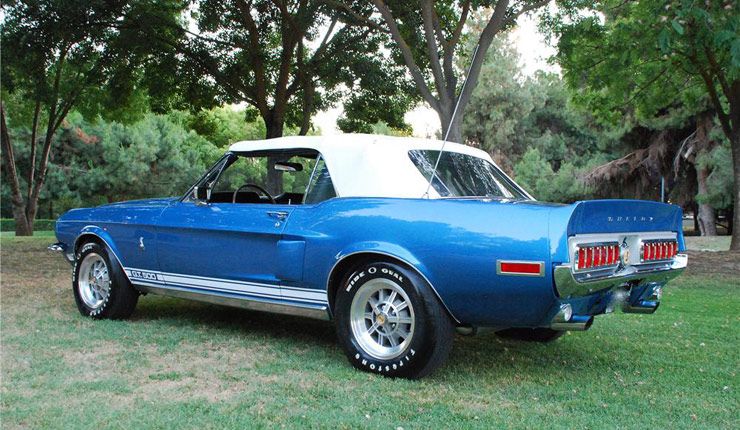
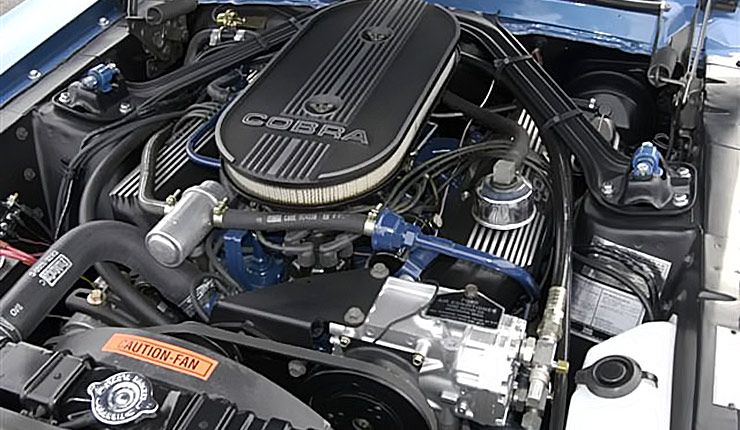
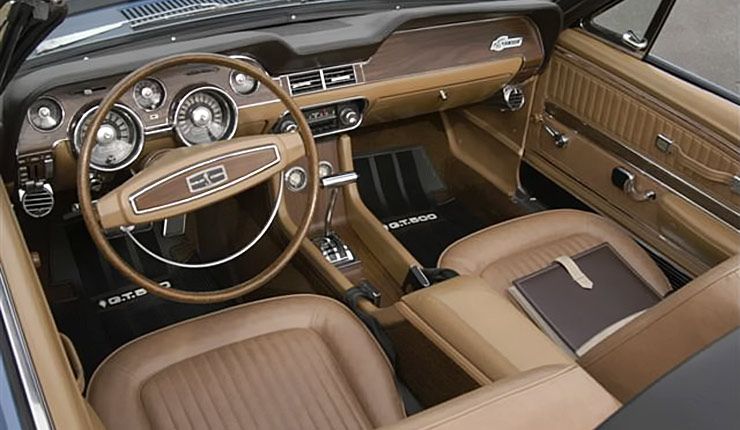
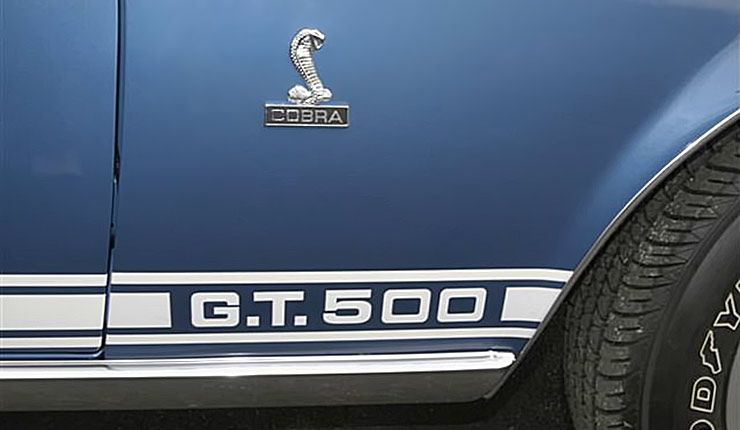



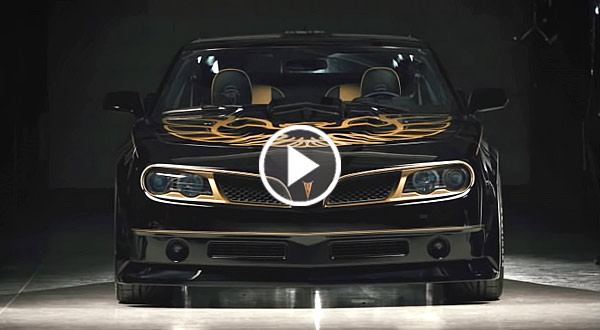

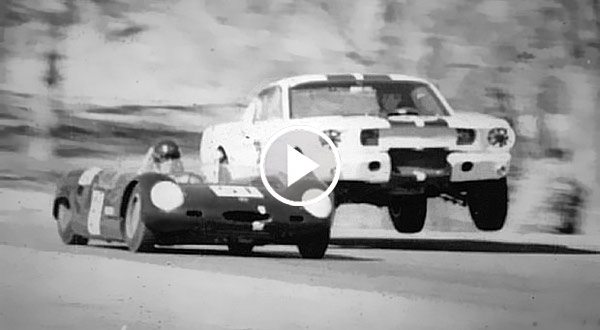





Facebook Comments